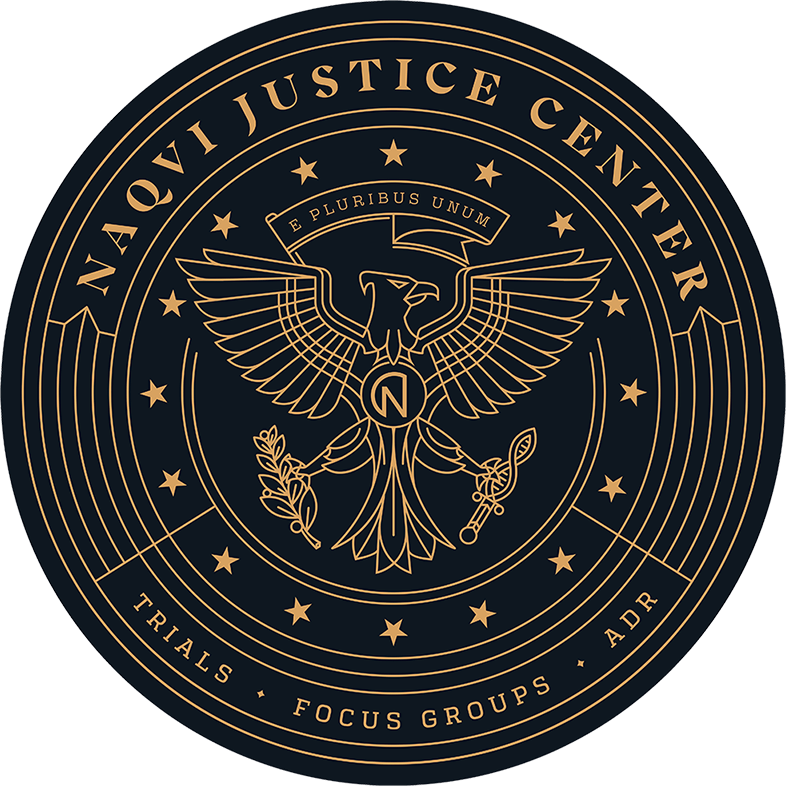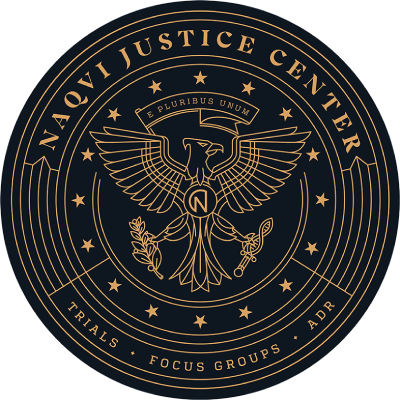You may think at first, that the Las Vegas Metro Police policy to not respond to non-injury accidents won’t affect you unless you are in an accident; but you would be wrong. According to the LVMPD, this policy will free up officers to “concentrate on enforcement efforts, which is a proven tactic in reducing fatalities.” Sounds like a great idea until you realize it is a euphemistic phrase for “we are going to spend more time writing tickets.”
Make sure you are bleeding
A major flaw this policy will need to address is that without an authority figure at the scene, who determines whether anyone is injured? According to the LVMPD website, 9-1-1 will determine over the phone if the accident warrants the presence of police officer. However, serious internal and spinal injuries often don’t manifest in the first several minutes of an accident. It will be interesting to see how well 9-1-1 diagnoses injuries over the phone when nobody is bleeding.
Exceptions to the rule
If you are in an accident and you are sure nobody is injured, you may still call the police under the following conditions:
-
· One of the drivers is under the influence of alcohol or any other controlled substance;
· One of the drivers doesn’t have a valid driver’s license, proof of registration, or insurance;
· A hit & run;
· If one of the vehicles is disabled and blocking traffic;
· One of the drivers refuses to exchange vital information.
What to do in an accident
The first responder to any accident will still be 9-1-1. They will determine whether to send a police officer to the scene. If they deem the accident as property damage only, they will let you know that an officer won’t be responding. The LVMPD website states that “people will be asked to take the following steps.” It never says who will be doing the asking since you will be on your own, but they do suggest the following steps:
-
· Get out your phone and when it is safe, take pictures to visually document the damage;
· Move the cars off to the side of the road, out of traffic;
· Exchange driver information; license, registration, insurance, etc.;
· Exchange all personal information from all drivers involved, all the passengers, and any witnesses;
· Gather information on each vehicle involved in the accident, including make, model, year, plate information, and the VIN#
· Document everything on a SR-1 form;
· Use your smartphone to cover these steps as much as possible;
· Contact your insurance company as soon as possible.
Traffic fatalities in Metro Las Vegas have increased over the past three years. It will be interesting to see if this new policy will help reduce traffic injuries and fatalities as planned.

